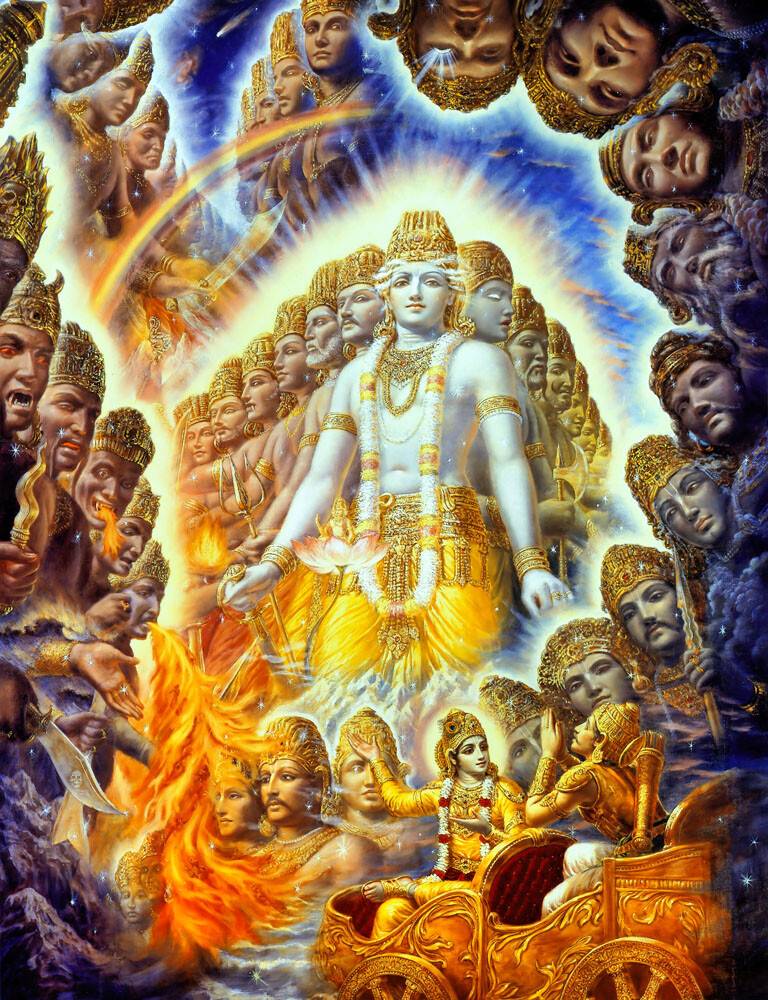Chakras are centers of energy within the human body, believed to be part of an ancient system of understanding how energy flows through us. The concept of chakras originates from spiritual traditions in Hinduism and Buddhism, which aim to harmonize and balance the body’s energy fields. There are seven primary chakras, each aligned along the spine from the base to the crown of the head, with each one regulating different physical, emotional, and spiritual functions.
The Seven Chakras and Their Functions
- Root Chakra (Muladhara)
- Location: Base of the spine
- Color: Red
- Element: Earth
- Function: The root chakra represents our foundation and sense of grounding. It is associated with our survival instincts, security, and stability. When balanced, it provides a feeling of safety and confidence.
2. Sacral Chakra (Svadhisthana)
- Location: Lower abdomen, about two inches below the navel
- Color: Orange
- Element: Water
- Function: This chakra governs our creativity, sexuality, and ability to experience joy. It influences our relationships with emotions and the expression of desires and pleasures. A balanced sacral chakra enhances our sense of abundance and overall wellness.
3. Solar Plexus Chakra (Manipura)
- Location: Upper abdomen in the stomach area
- Color: Yellow
- Element: Fire
- Function: Known as the power chakra, it governs self-esteem, confidence, and control. The solar plexus chakra is the source of our personal power and mental abilities, including decision-making and willpower. A balanced manipura supports a strong sense of identity and purpose.
4. Heart Chakra (Anahata)
- Location: Center of the chest
- Color: Green
- Element: Air
- Function: The heart chakra is central to love, compassion, forgiveness, and empathy. It acts as a bridge between the lower, earthly chakras and the higher, spiritual chakras. When open, it fosters connection and harmonious relationships.
5. Throat Chakra (Vishuddha)
- Location: Throat
- Color: Blue
- Element: Sound/Music
- Function: This chakra is responsible for communication and expression. It allows you to articulate thoughts and emotions truthfully. A balanced throat chakra enables clear, sound communication and authentic expression of oneself.
6. Third Eye Chakra (Ajna)
- Location: Forehead between the eyes
- Color: Indigo
- Element: Light
- Function: Known for insight and intuition, the third eye chakra governs the ability to see the deeper truth or bigger picture. It enhances imagination, wisdom, and the perception of subtle energies. Balance here can lead to clarity of vision and enlightenment.
7. Crown Chakra (Sahasrara)
- Location: Top of the head
- Color: Violet or white
- Element: Thought
- Function: Representing spiritual connection, the crown chakra is associated with pure consciousness and divine understanding. It connects us to higher realms of awareness and universal wisdom. When aligned, it brings a deep sense of peace and a strong connection to the spiritual self.
Balancing the Chakras
The balance of chakras can be achieved through various practices, such as meditation, yoga, breathwork, and specific affirmations or mantras. Physical exercises, dietary choices, and engagement in creative and spiritual activities also influence chakra alignment. The energy flows more freely when the chakras are balanced, promoting overall emotional and physical well-being.
In modern holistic healing, chakra balancing is a common practice to alleviate stress, enhance vitality, and improve life quality. Though scientific evidence is limited, many people find importance in the chakras’ roles in contributing to a well-balanced, fulfilled life.
Conclusion
The chakra system provides a fascinating, holistic framework for understanding how the different aspects of our humanity—body, mind, and spirit—are interconnected and can be harmonized. Whether approached as a spiritual practice or as a piece of personal development, exploring and understanding your chakras can be a beneficial journey towards greater personal insight and health.

